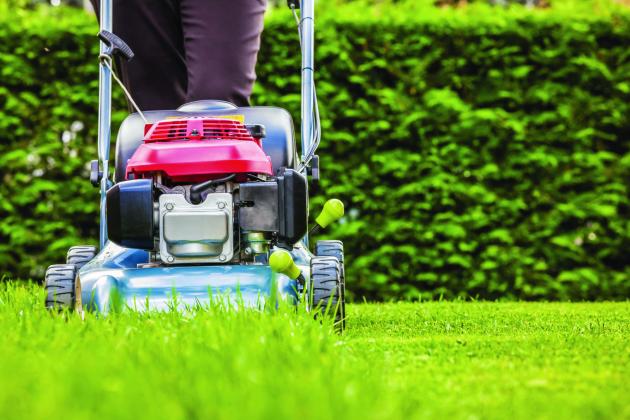By Eva Pabon: As drought conditions become a new normal to many parts of the universe, lawn owners are increasingly adopting lawn care techniques that work excellent for lawn care in the harsh conditions.
From the incorporation of the ever-evolving technology to improved and drought-tolerant types of plants on the lawn, solutions to dealing with drought are available. But there is no single solution to dealing with drought. The use of multi-pronged defense in which lawns are kept healthy even in the worst periods of the drought conditions can overwhelmingly be adopted as a technique to deal with the conditions.
Various maintenance practices can be used to assist lawns in surviving harsh weather conditions, including mowing high, sharpening of mower blades, and watering in sufficient amounts. Lawn grass will typically grow less when there is little water available. It is thus advisable to mow less during drought conditions or in times of water shortages. If mowing must be done, it should always be according to the highest recommended heights for the plant species on the lawn. Higher mowing promotes deeper rooting, which is crucial in drought tolerance.
Efficiently sharpening mower blades ensures that they can make clean cuts on the grass. Clean cuts heal faster and have little stress on plants as compared to cuts made by blunt blades. It is wise to mow the lawn when plants are dry to prevent cut grass from sticking to mower blades, thus preventing them from making clean cuts. Most lawns are overwatered; it is thus essential that lawn owners learn the proper ways of watering their lawns. When drought stress hits the lawns, the obvious solutions to it are always applying water. Deep and infrequent watering to the root system is encouraged as ideal and should always be done at first sight of the signs of drought stress.
Most lawns have been shown to survive on irrigation of one to two days per week when between a half to three-quarters of inches of water is applied each time. Irrigating to the point of run-off is not advised as not only is it a waste of water, but also could potentially carry away chemicals and pollutants from the lawn. Irrigation run times should be strictly adhered to so that not more than three-fourths inches of water is applied in a single watering schedule. Irrigation systems should be adjusted to enable them to distribute irrigation water evenly on the lawns. For malfunctioning irrigation systems, contracting qualified irrigation contractors can go a long way in making the necessary repairs or unclogging the sprinkler heads. A variety of factors may affect the lawn irrigation process, and this includes budgets, site factors, and watering restrictions.
In addition to irrigation and mowing, practices such as fertilization, pest control, and other alternatives to the all-common turfgrass can go a long way in improving a lawn's drought tolerance. The application of excess nitrogenous fertilizers in hot or dry conditions should be discouraged as plants respond to this by putting out excessive growth when they should be dormant. Instead of putting pressure on the lawn to dazzle us with its beauty during drought conditions, lawns should be allowed to focus on root growth and absorbing water in these periods. Fertilization of lawns during drought should be avoided, reduced, or avoided. Should a lawn owner choose to fertilize, then it is wise that fertilizers with a primary slow-release nitrogen and phosphorus source should be selected as this enhances drought resistance. The need for pest control can be mitigated by following the irrigation, fertilization and mowing practices. However, should a pest problem be diagnosed, then it should be promptly treated through the recommendations of the county extension office. If the turf has been planted in areas where it cannot survive, then homeowners can consult with us in the Extension Office for suggestions on ground covers that can thrive best in their areas without requiring supplemental irrigation.
For more information, contact the UF/IFAS Extension Osceola County at 321-697-3000 or email me at epabon5@ufl.edu.




